The Story About Betty Brosmer With The ‘Impossible Waist’
In the 1950s, Betty Brosmer reigned as the top pinup model, even gracing more magazine covers than Marilyn Monroe.
Known for her “impossible waist” and 38″-18″-36″ measurements, she became America’s most sought-after pin-up of the mid-century. The Californian beauty also captivated magazine readers with her blonde hair, bright smile, and curvaceous figure.
But Betty was more than just a pretty face. She took control of her career in ways few women did at the time. Transitioning from modeling, Brosmer made a name for herself in fitness writing and editing.
Keep scrolling down to go inside the illustrious life of Betty Brosmer.
How Betty Brosmer became a pin-up model
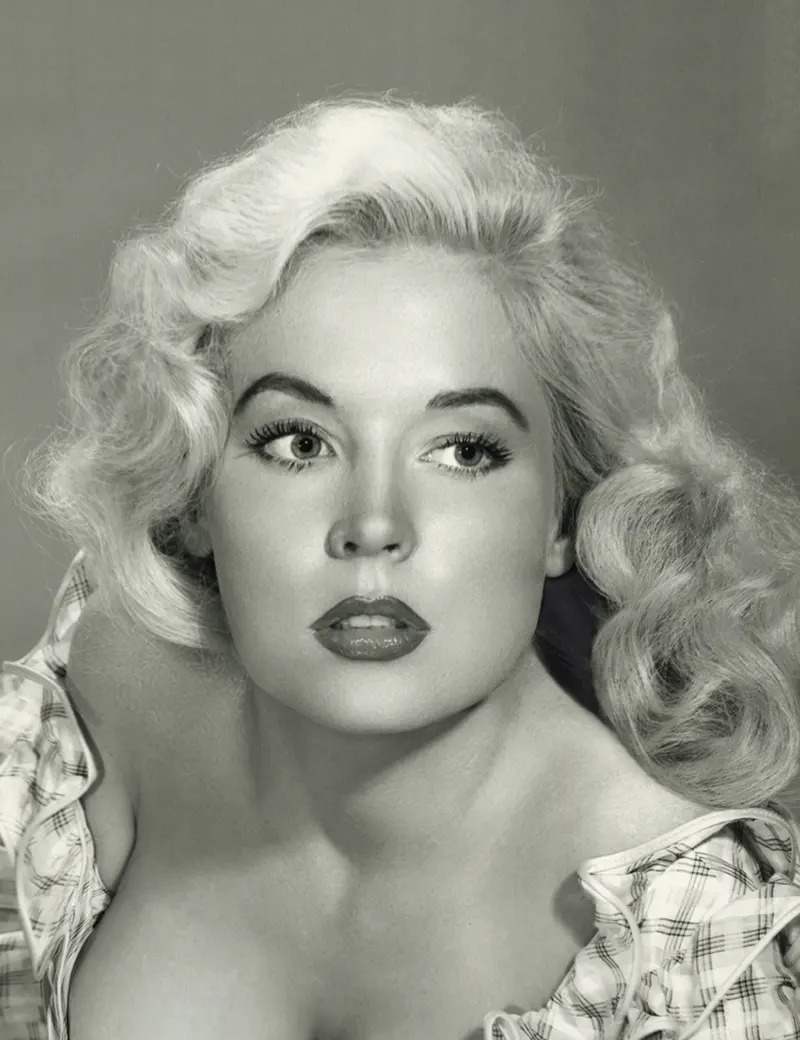
Betty Brosmer’s journey to fame began in Pasadena, California, on August 6, 1929. Growing up in Carmel and later in Los Angeles, she was a small but spirited child with a passion for sports, thanks to her father’s encouragement.
Her athleticism and early interest in bodybuilding set her apart from the typical youth of her era.
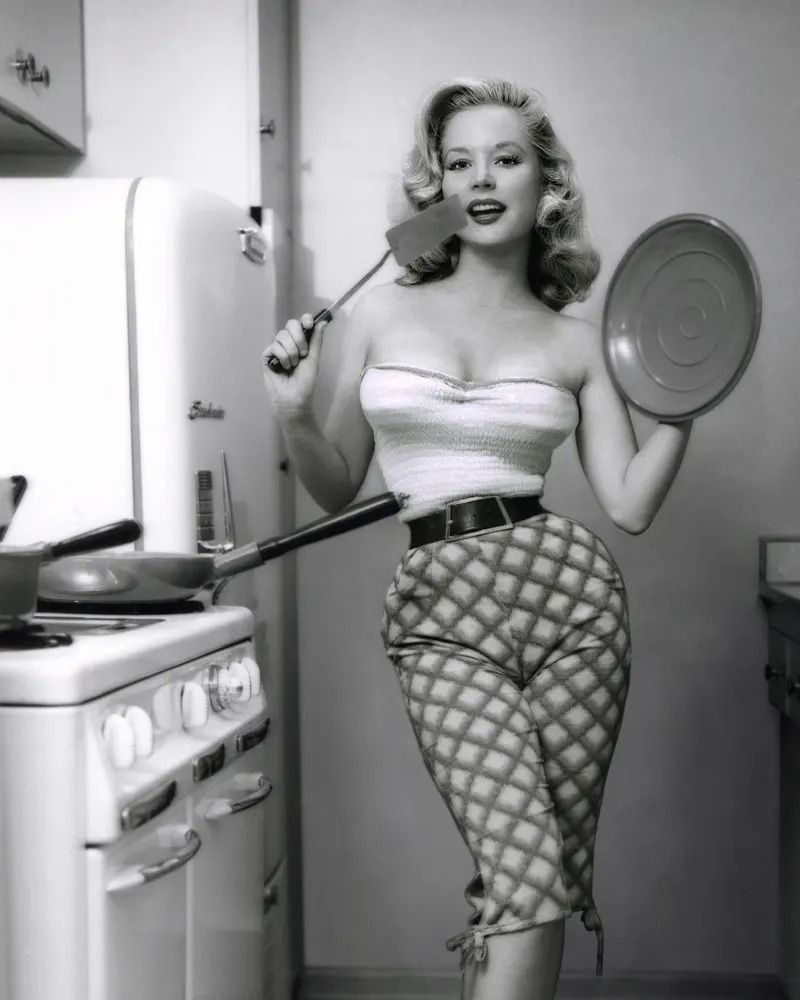
Her modeling career took off at a young age. By 13, a photo of her appeared in the Sears & Roebuck catalog, a sign of things to come.
A year later, her visit to New York City with her aunt led to a series of professional photo shoots. One of these images was sold to Emerson Televisions, becoming a popular promotional piece in national magazines.
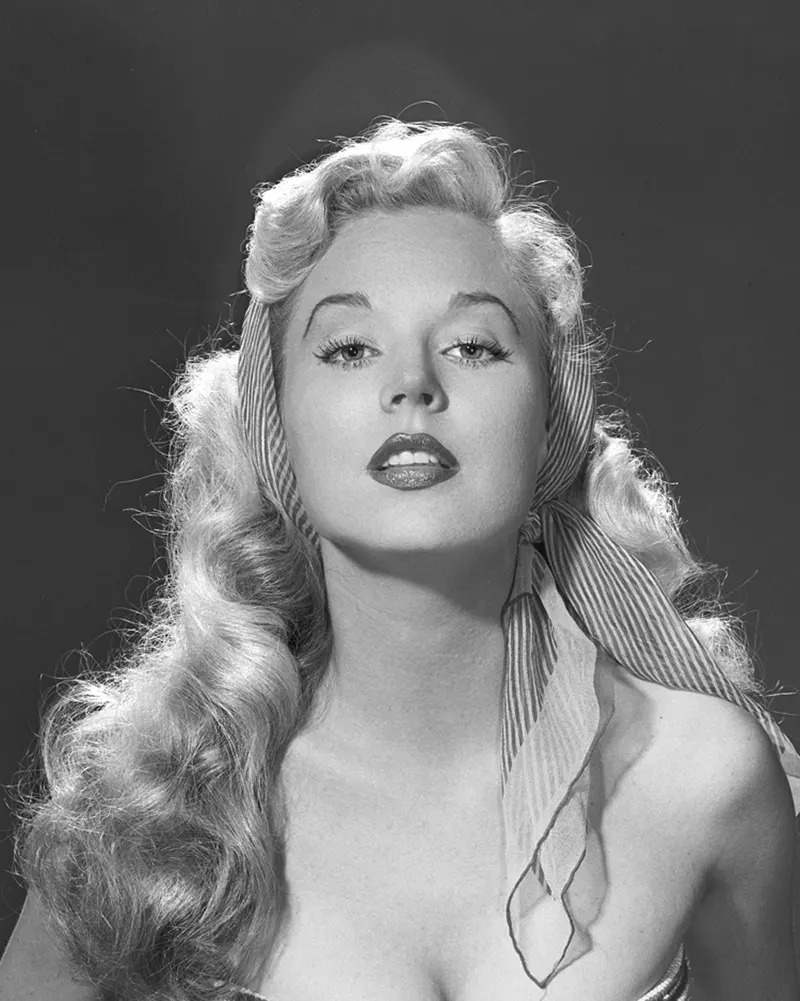
Brosmer’s unique blend of athleticism and beauty caught the attention of influential pin-up photographers like Alberto Vargas and Earl Moran.
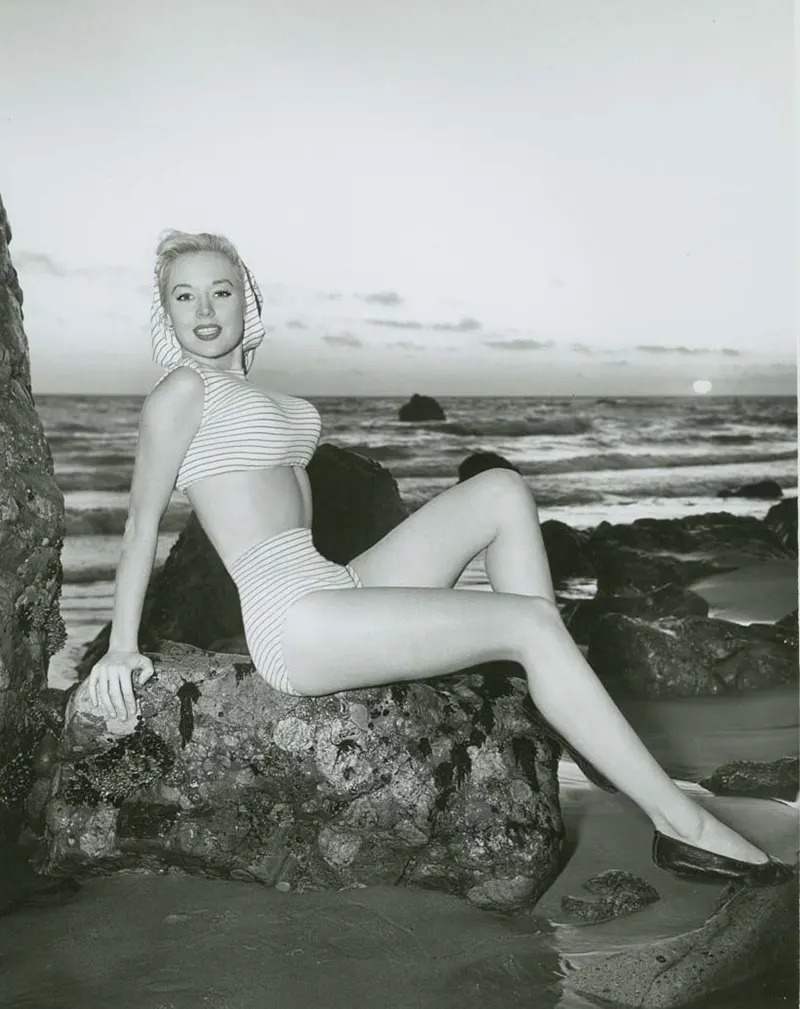
By 1950, she made the bold move to New York City at just 15 to pursue modeling full-time. This decision marked the beginning of her successful career as one of the most celebrated pin-up models of her time.
Her incredible success in modeling career
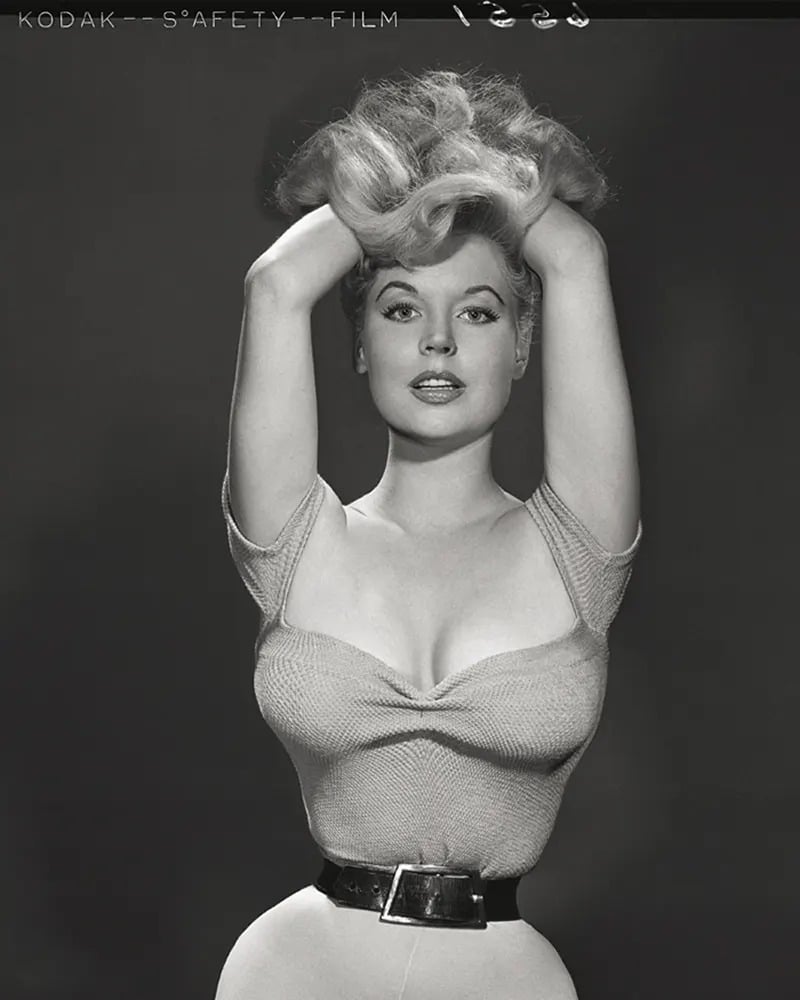
Betty Brosmer’s rise to fame was swift and remarkable, yet it required her to mature quickly. “When I was 15, I was made up to look like I was about 25,” Brosmer reflected.
Her striking beauty and unique presence soon made her a household name, appearing on everything from billboards and milk cartons to book covers and magazines.
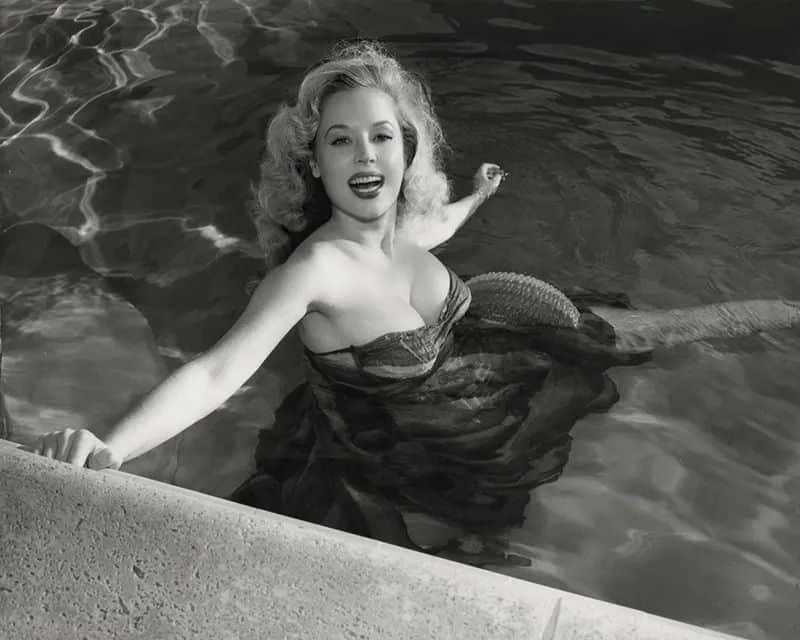
Steve Sullivan, the author of Va Va Voom!: Bombshells, Pin-ups, Sexpots, and Glamour Girls, described her as having an exceptional radiance.
“There was a glow, an incandescence about Betty that was not to be found in any other model,” he noted. This magnetic quality helped her win numerous beauty contests and get high-profile modeling gigs.
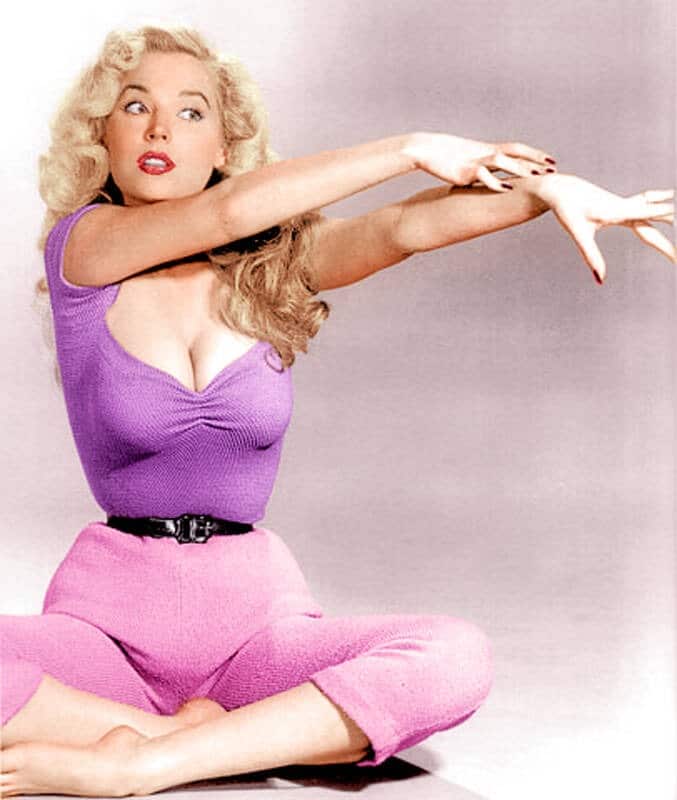
Her departure from New York City was so significant that it made headlines in society columns. Returning to California, Brosmer balanced her studies in psychology at UCLA with a bustling modeling career.
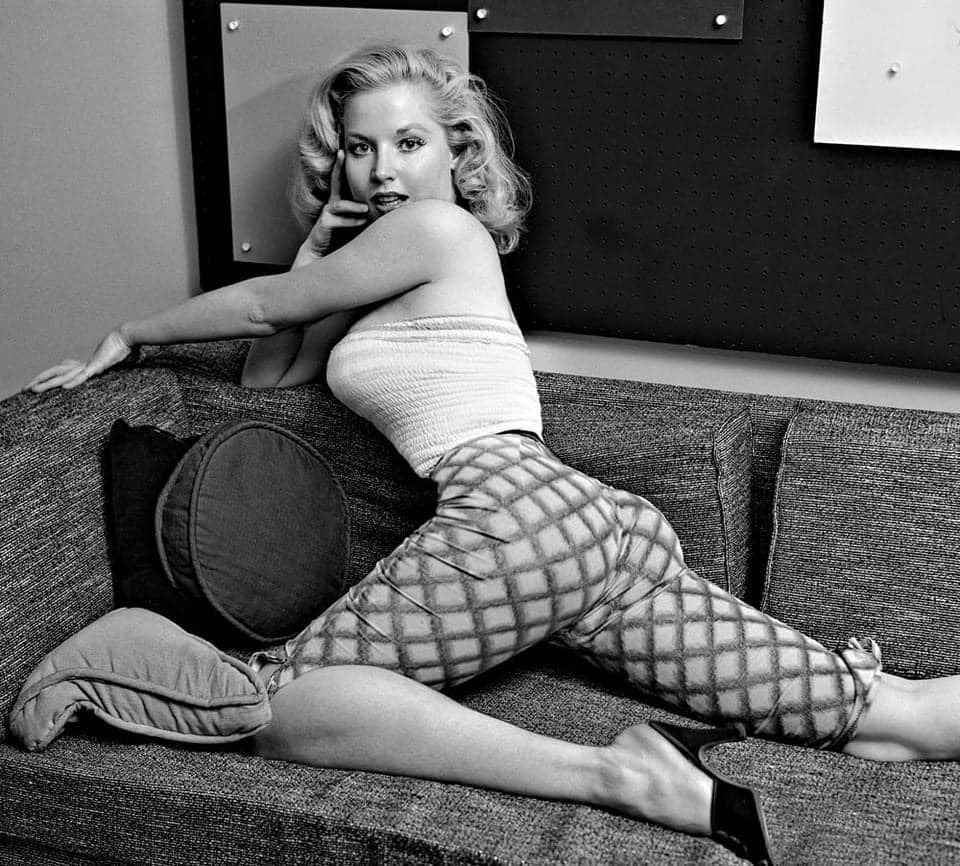
Despite her success, she remained true to her principles. When approached by Playboy for a shoot, she declined, stating, “I didn’t think it was immoral, but I just didn’t want to cause problems for others.” She was concerned about the impact on her family and future husband
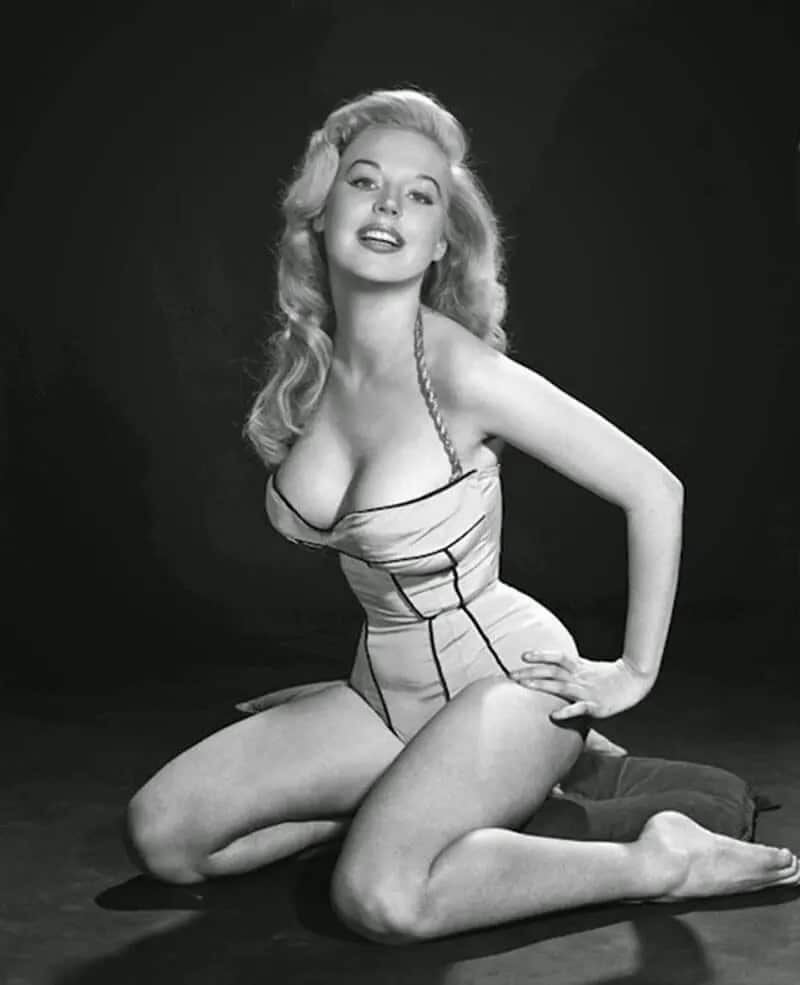
Her forward-thinking approach extended her control over her image. She was among the first to demand rights over her images, ensuring she was compensated for their use.
Her next chapter, from magazine covers to fitness columns

Betty Brosmer’s life took a significant turn when she met Joe Weider, a famous bodybuilder and fitness magazine publisher. Impressed by her, Weider featured her in his magazines, and their relationship blossomed into marriage in 1961.
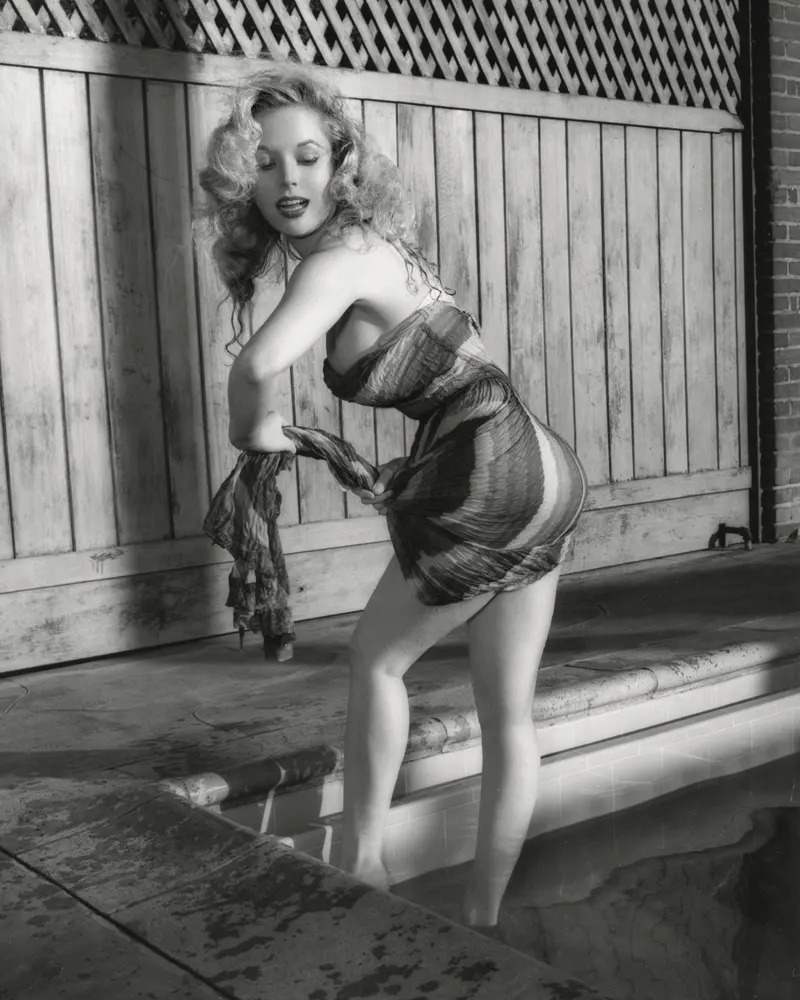
After their marriage, Brosmer shifted away from her pin-up modeling career but remained a key figure in the fitness world.
She continued to grace the covers of Weider’s magazines like Jem, Vigor, and Muscle Builder, with her final cover appearance in May 1988 alongside Larry Scott.
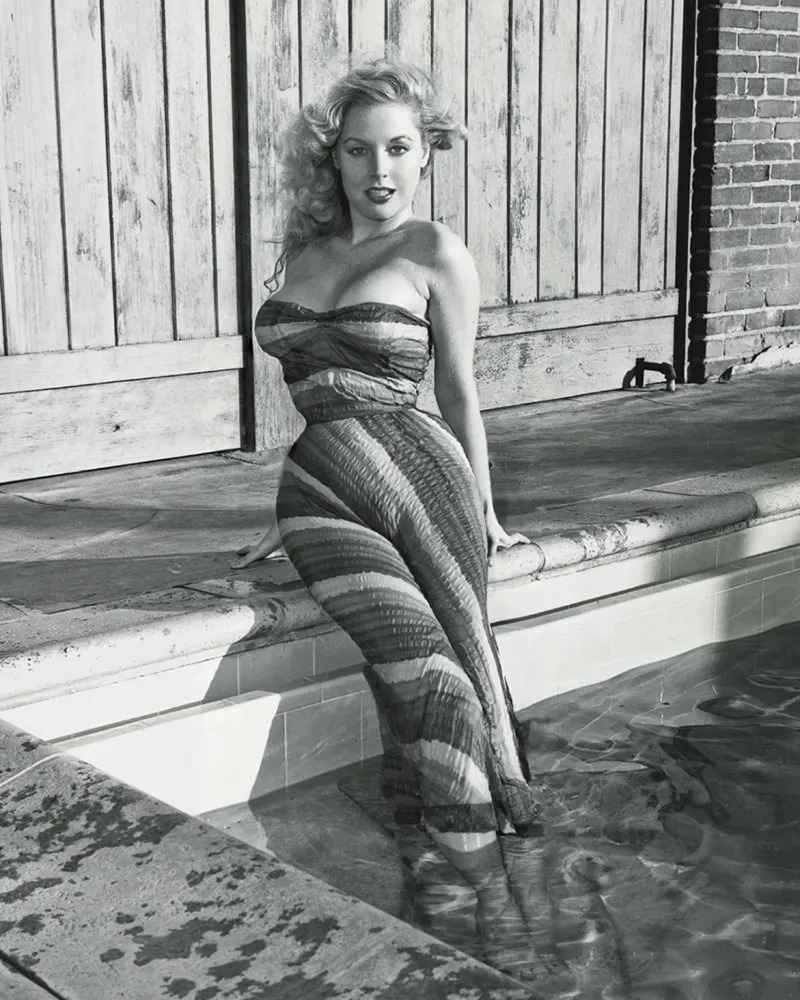
This new phase of her life sparked a deep interest in fitness for Brosmer. She started writing columns such as “Body by Betty” and “Health by Betty,” where she emphasized honesty and practical advice. “Tell the truth. Give women something they can believe,” she advised.

Arnold Schwarzenegger, a close friend of the couple, noted that her contributions were crucial in boosting Weider’s fitness empire.
A look at her current life
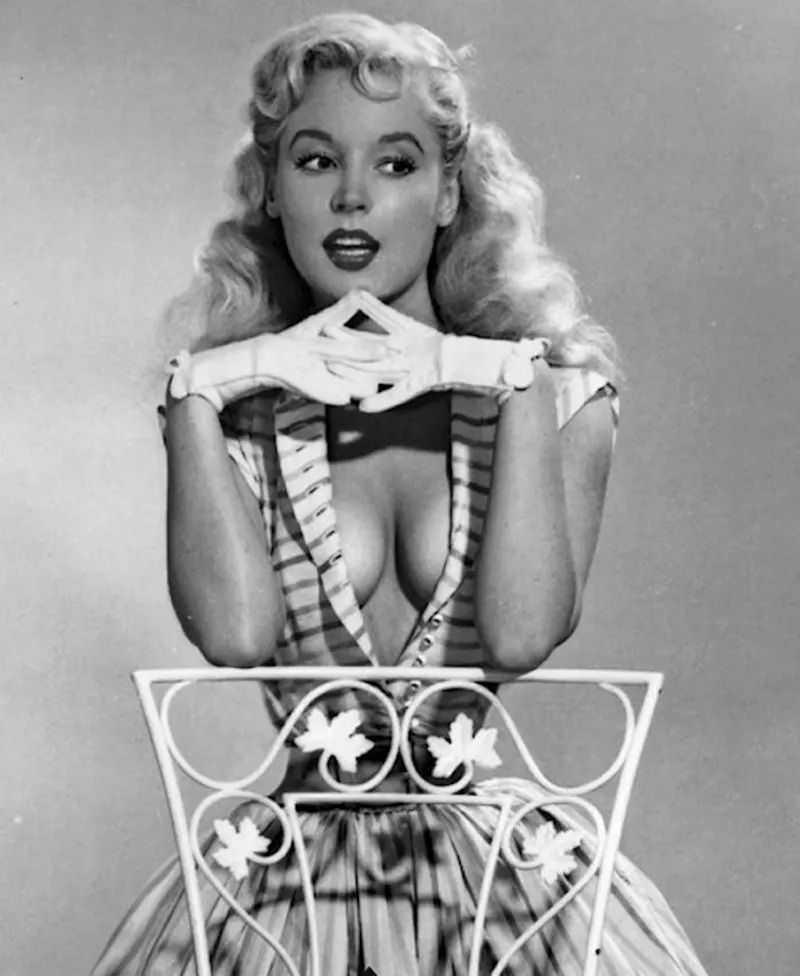
Today, Betty Brosmer is celebrated as one of the most iconic pin-ups of her time. Her embrace of 1950s femininity and glamour was so influential that pop star Billie Eilish channeled her look for the cover of Vogue in June 2021.
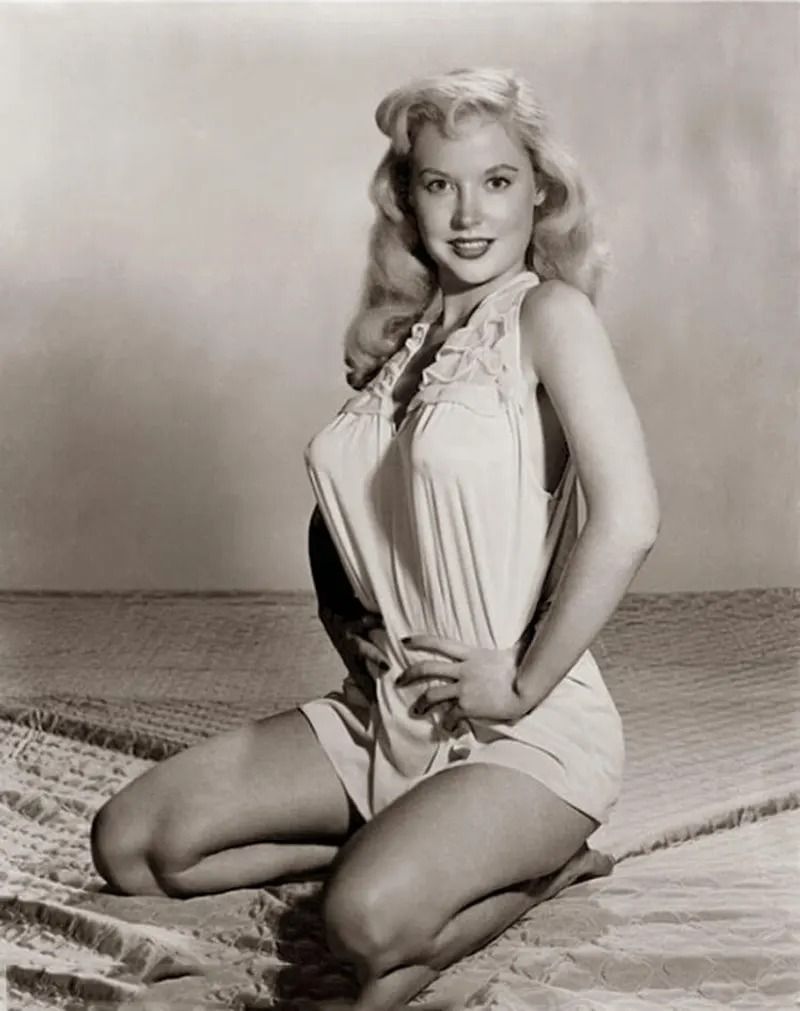
Her successful transition to a new career as a fitness writer earned the title of the “First Lady of Fitness.” Her contributions to fitness have garnered significant recognition, overshadowing even her modeling achievements.

In 2004, she and Joe donated $1 million to the University of Texas at Austin, supporting the creation of the Joe and Betty Weider Museum of Physical Culture. Opened in 2011, the museum celebrates their legacy with a comprehensive collection of physical and cultural artifacts.

Her dedication to fitness was further acknowledged in 2014 when she was inducted into the International Sports Hall of Fame.

